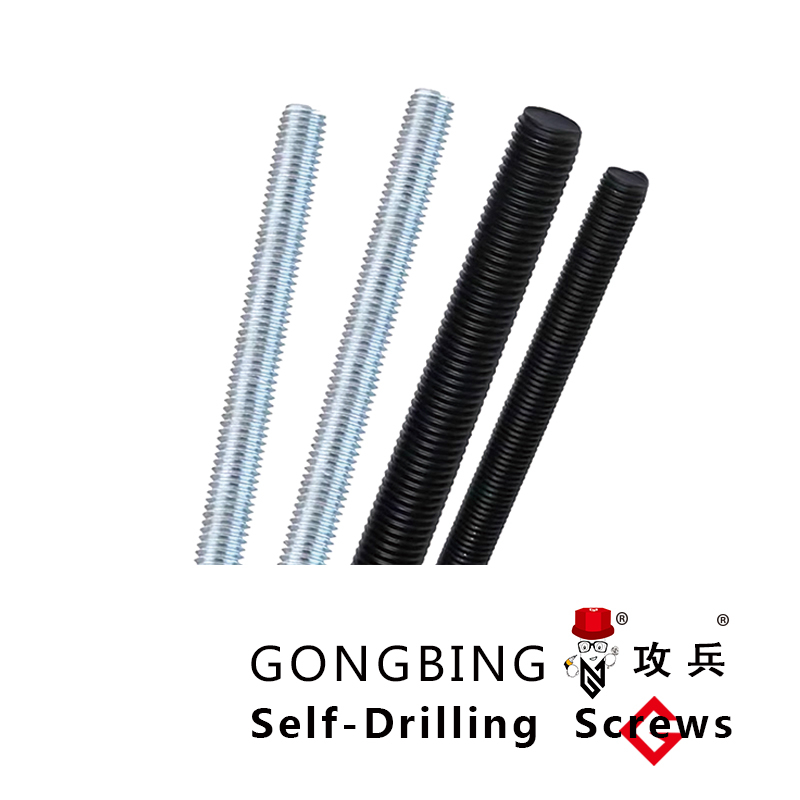Exploring the Benefits and Applications of Full Thread Bars in Construction and Structural Engineering
Understanding Full Thread Bars Applications and Advantages
Full thread bars, often referred to as fully threaded bars, are a vital component in construction, engineering, and various industrial applications. Their design, characterized by continuous threading along the entire length of the bar, provides unique advantages that enhance both functionality and performance in numerous applications.
Definition and Composition
A full thread bar is essentially a steel rod with threads running from one end to the other. These bars are typically made from high-strength steel, ensuring they can withstand considerable forces. The thread design allows for better grip and interlocking capabilities when used in various applications, making them indispensable in building infrastructures, such as bridges, buildings, and towers.
Applications in Construction
One of the primary applications of full thread bars is in reinforced concrete construction. They are used as tension elements to provide reinforcement and support to structures. The full threading allows for secure connections and the ability to tension the bars as needed, making them suitable for post-tensioning applications. This technique is fundamental for enhancing the tensile strength of concrete, which typically performs well under compression but can be weak under tension.
In addition to their use in post-tensioning, full thread bars are also employed in anchoring applications. They can be embedded within concrete or used to connect different structural elements, ensuring stability and support. Their full-thread design permits easy adjustments during installation, allowing for precise tension control and alignment.
full thread bar

Benefits of Full Thread Bars
One of the most significant advantages of full thread bars is their flexibility in applications. Because they are threaded along the entire length, these bars can be cut to various lengths without losing their functionality. This adaptability makes them ideal for customized projects where precise measurements are crucial.
Moreover, the full threading improves load distribution. When forces are applied, the threads help to evenly distribute stress along the bar, reducing the risk of localized failures. This characteristic is particularly important in high-load situations, such as in seismic regions where buildings are subjected to dynamic forces.
The ease of installation is another benefit that full thread bars offer. Their design allows for both mechanical and chemical anchoring systems, simplifying the installation process and ensuring that they can be securely fastened in place. This efficiency can lead to reduced labor costs and shorter project timelines.
Conclusion
In conclusion, full thread bars are an integral component in modern construction and engineering practices. Their unique design and versatile applications make them a preferred choice for structural reinforcement, anchoring, and tensioning. As the construction industry continues to evolve, the importance of reliable and effective components like full thread bars cannot be overstated. Their ability to enhance the strength and stability of structures helps engineers and builders meet the growing demands for safety, durability, and performance in today’s construction projects. With continued advances in materials and technology, the future of full thread bars looks promising, ensuring they will remain a staple in the realm of construction for years to come.
-
Weatherproof Plastic Expansion Anchors for OutdoorNotíciasJun.06,2025
-
Sustainability in the Supply Chain: Eco-Friendly TEK Screws ProductionNotíciasJun.06,2025
-
Load-Bearing Capacity of External Insulation FixingsNotíciasJun.06,2025
-
Double Head Bolts: Enhancing Efficiency in Industrial MachineryNotíciasJun.06,2025
-
Corrosion Resistance in Chipboard Screws: Coatings for Wholesale DurabilityNotíciasJun.06,2025
-
Butterfly Toggle Bolts : Enhancing Structural ResilienceNotíciasJun.06,2025
